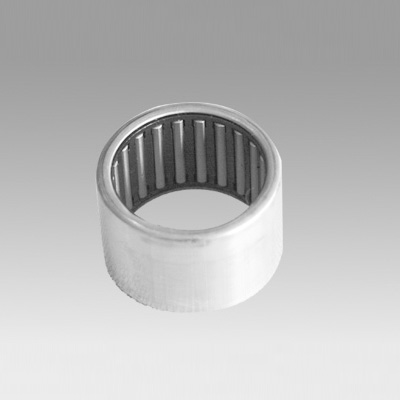
10 月 . 18, 2024 20:59 Back to list
Advantages and Disadvantages of Spherical Roller Bearings in Mechanical Applications
Advantages and Disadvantages of Spherical Roller Bearings
Spherical roller bearings are widely utilized in various industrial applications due to their unique design and inherent advantages. However, like all mechanical components, they come with their own set of disadvantages. This article examines the pros and cons of spherical roller bearings to provide insights for engineers and decision-makers in the industry.
Advantages
1. Self-Aligning Capability One of the most significant advantages of spherical roller bearings is their self-aligning feature. The design allows for angular misalignment between the shaft and housing, making them ideal for applications where the alignment may not be perfect. This capability extends the life of the bearings and reduces the risk of failure.
2. High Load Carrying Capacity Spherical roller bearings can accommodate not only radial loads but also axial loads in both directions. This makes them suitable for heavy-duty applications, including construction machinery, mining equipment, and industrial gearboxes.
3. Robust Design These bearings are designed to withstand harsh operating conditions. They typically feature large rolling elements and robust raceways, enabling them to endure shocks and vibrations. This durability translates to longer service intervals and lower maintenance costs.
4. Versatility Spherical roller bearings are available in various sizes and configurations, allowing for versatile applications across different industries. They can be used in everything from automotive to aerospace applications, contributing to their widespread popularity.
spherical roller bearing advantages and disadvantages

Disadvantages
1. Higher Initial Cost Compared to other types of bearings, spherical roller bearings can be more expensive upfront. The robust design and engineering involved in their manufacture contribute to this cost, which may be a consideration for budget-conscious projects.
2. Complexity in Installation The self-aligning feature, while beneficial, can lead to complications during installation. Proper alignment is still necessary to ensure optimal performance and longevity, requiring skilled labor and precise methods.
3. Maintenance Requirements Although they generally have a longer lifespan, spherical roller bearings still require regular maintenance to prevent premature failure. This includes periodic lubrication and inspection, which can add to operational costs.
4. Size and Weight These bearings are often larger and heavier than other configurations, which can be a drawback in applications where space and weight are critical factors, such as in portable equipment.
In conclusion, spherical roller bearings provide significant advantages in load capacity, alignment, and durability, making them suitable for demanding applications. However, potential users should also consider their higher costs, complex installation requirements, and maintenance needs when choosing the right bearing for their projects. Understanding both sides can lead to more informed decisions and optimal performance in engineering designs.
Latest news
-
Unlocking Efficiency with Spherical Roller Bearings
NewsOct.29,2024
-
The Ultimate Guide to Thrust Ball Bearings
NewsOct.29,2024
-
The Power of Thrust Roller Bearings: Engineered for Excellence
NewsOct.29,2024
-
The Power of Deep Groove Ball Bearings for Your Application Needs!
NewsOct.29,2024
-
The Power and Performance of Cylindrical Roller Bearings
NewsOct.29,2024
-
High-Quality Ball Bearing Manufacturing Machines
NewsOct.29,2024
